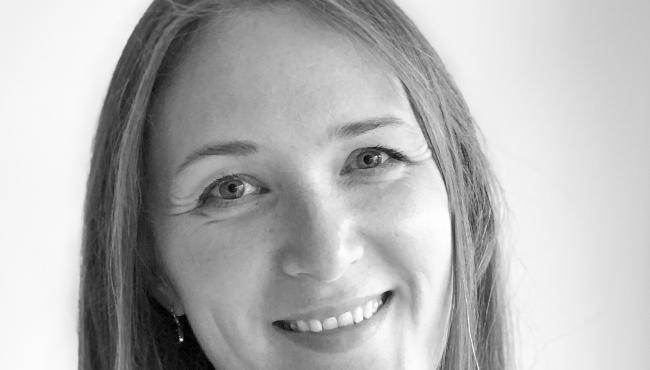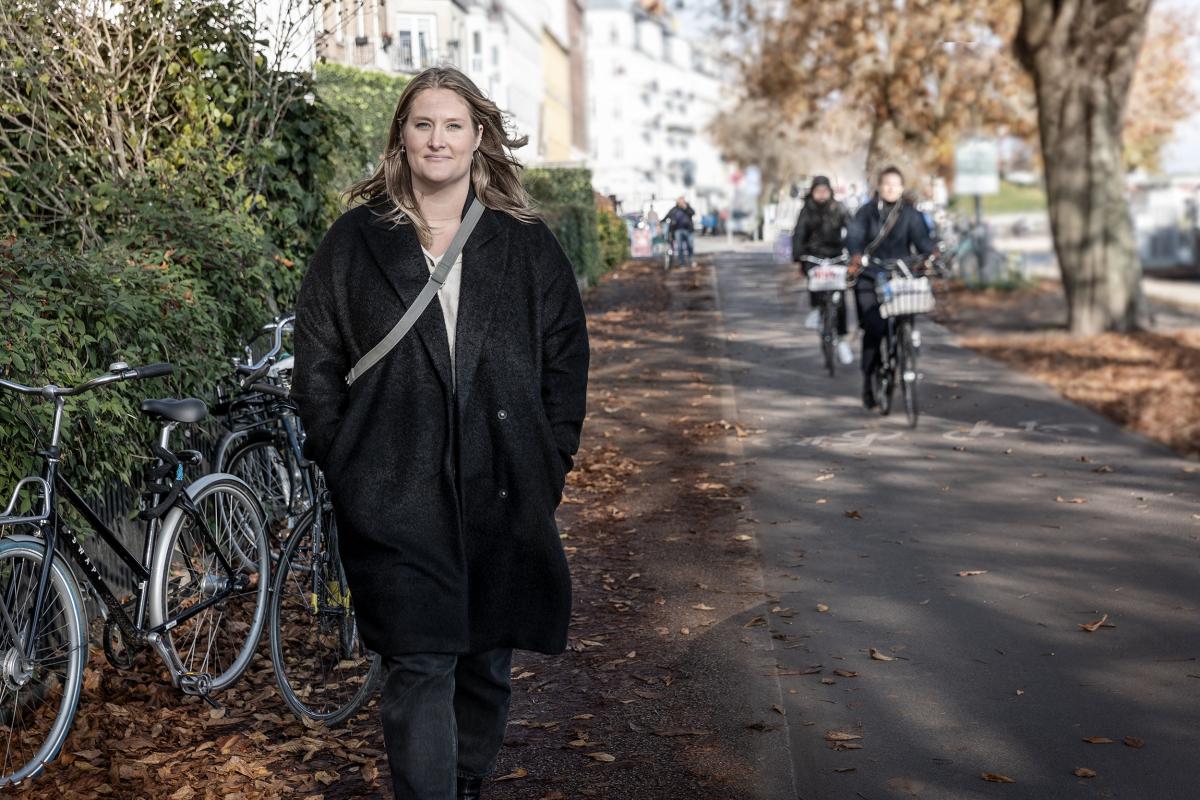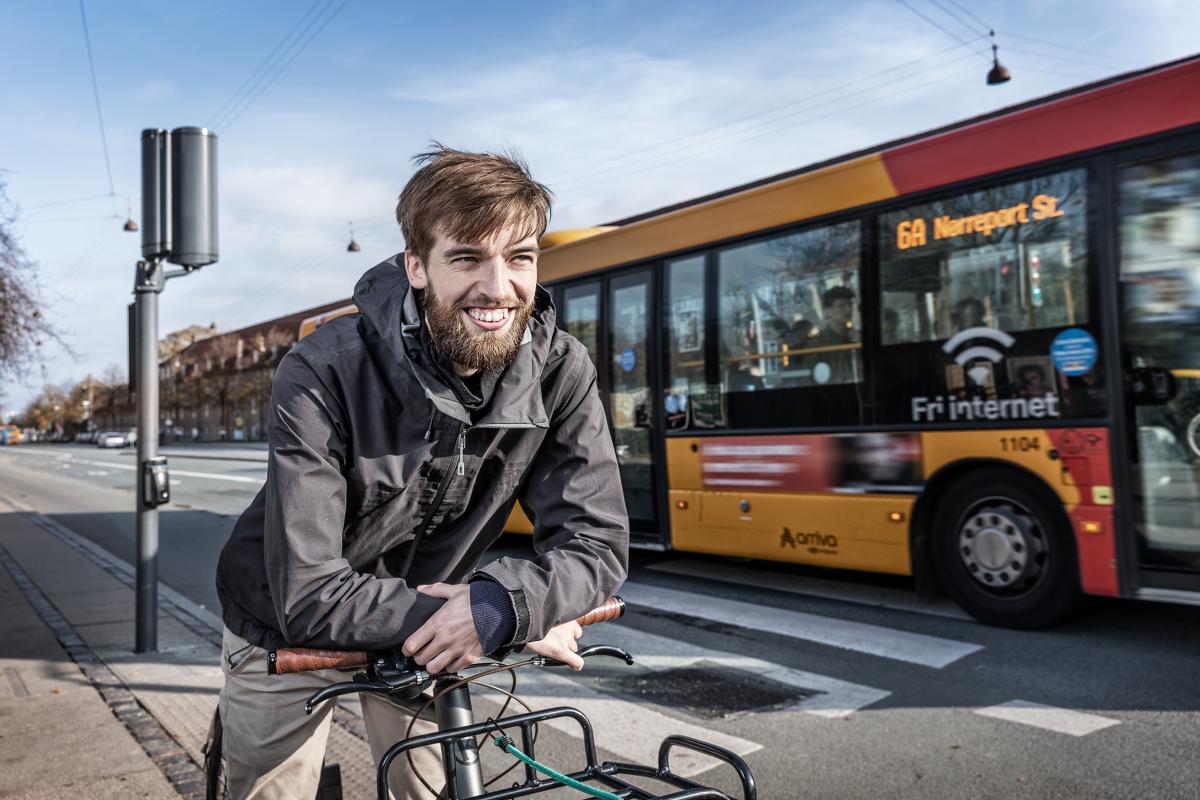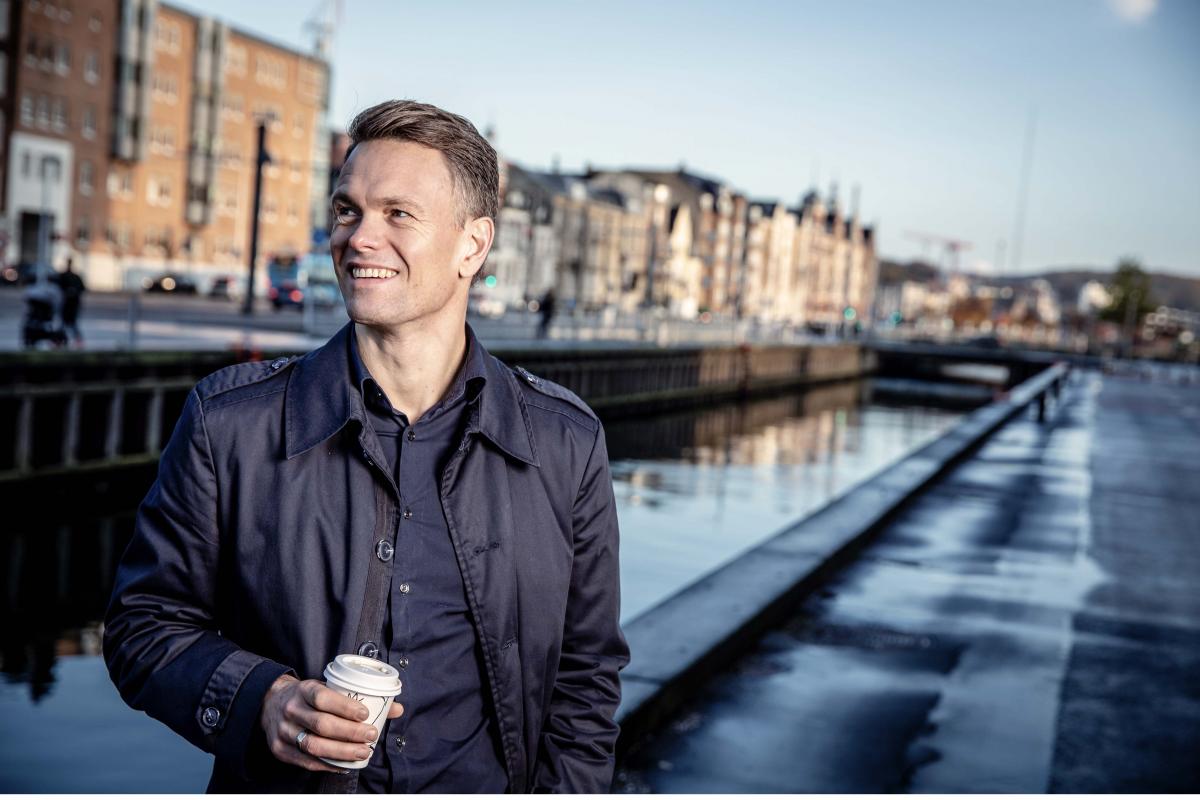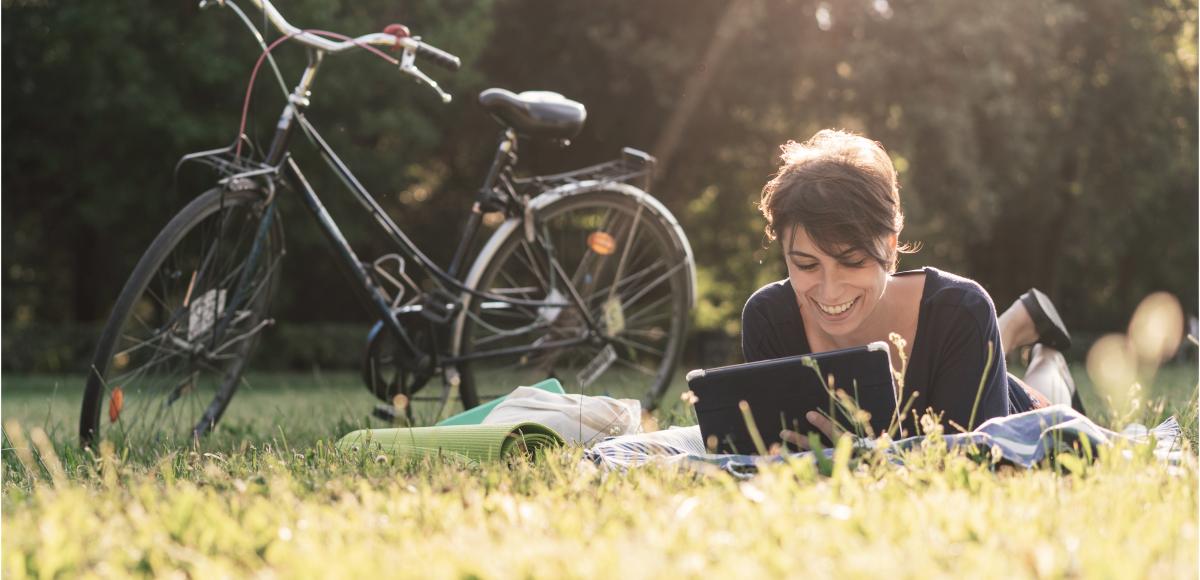
Young Danes want more green areas in the city
Both the scent of green grass and a seat in the shade of a tree are highly demanded by young Danes. More than one in four young Dane want more parks and green spots in the areas they live in.
Kongens Have in Copenhagen is a popular destination for both tourists and the citizens of the city, with around three million guests each year. A new survey on Future Cities conducted by YouGov for AFRY shows that access to green areas in cities is of great importance to young Danes.
”The wish of access to more green areas is a tendency we see in several larger cities around the Globe. And the fact that people in cities are longing for that feeling of freedom and independence parks and green areas can give you, is actually not so strange. What’s interesting is the fact that it seems more important for young people than entertainment and culture - and that it’s as important to them as access to cafés and restaurants when choosing where to live. That’s what surprises me,” says Sara Wille-Garvin, who is an architect and urban planner from Gottlieb Paludan Architects – part of AFRY.
The green traffic space
The green areas, we know from the cities, are evolving. Sara Wille-Garvin has started seeing urban spaces where green areas are interwoven with new infrastructure. This is a very good idea, that has great potential for even more green urban areas, and it could even help to reduce the number of parking spaces in the cities, she thinks:
”Incorporating green areas to urban parking spaces might make them more comfortable to be in – and to look at. For example, by planting flowerbeds along the streets and lining an area with trees. I do a lot of work with public transportation and I feel like – and hope – that when we integrate public transportation in the cities, we can create more green areas. The two things are a great match,” she says.
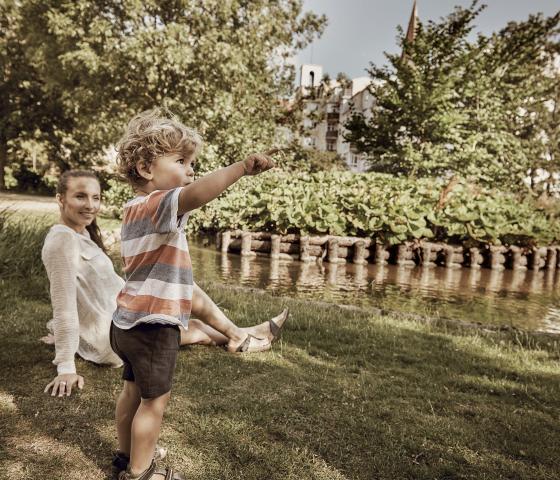
In line with the Sustainable Development Goals
Throughout the past few decades a lot of urban spaces have been designed with a specific target group in mind, such as skaters or fitness practitioners. But this way of urban planning excludes other citizens and potential users of the urban space, Sara Wille-Garvin points out.
”However, I feel like there is an increasing focus on creating inclusive urban spaces that cater to a wider target group. And in line with the increasing focus on UN’s Global Goals for Sustainable Development, I’m seeing more ambitious approach to creating urban spaces that are more sensuous, while also considering rainwater management and other climate related challenges. I hope that there will be more of this in the future.” she says.
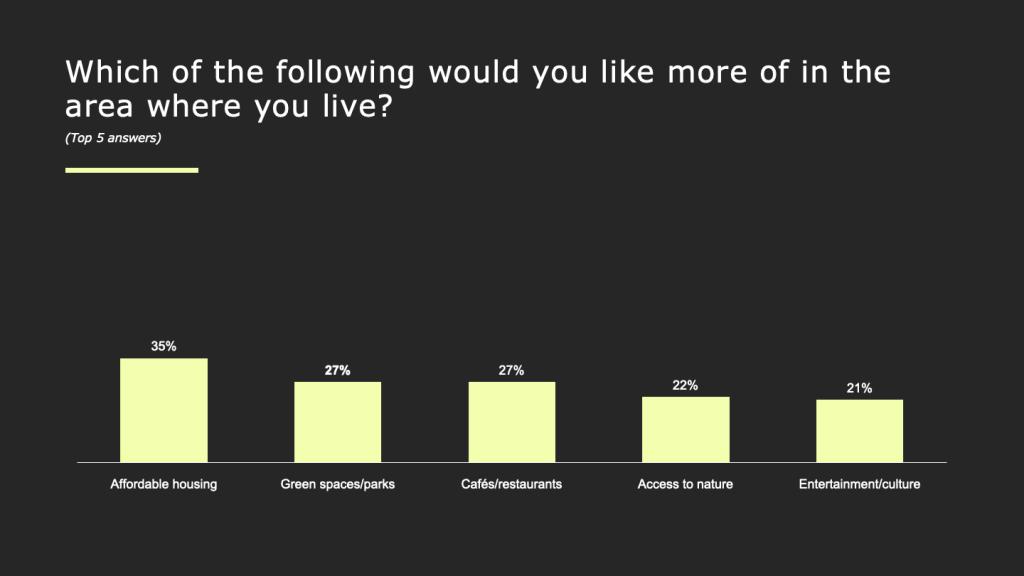
The theme of the study is Future Cities, and it was conducted in Denmark by YouGov for AFRY. A total of 752 representatively chosen respondents participated in the survey, age 18-35, which was conducted between 23rd August and 2dn September 2021.
